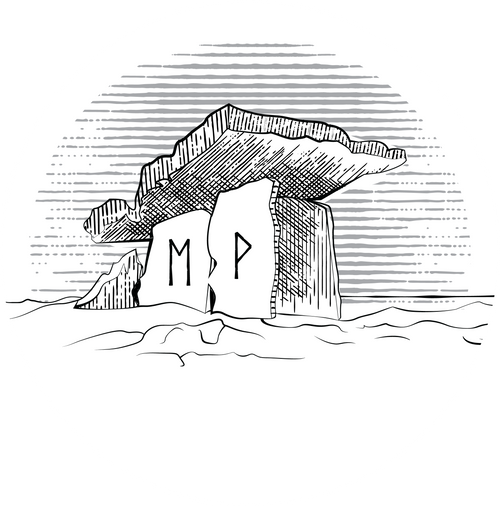Recreating the fantasy of...
"The Fantasy Of" is an ongoing series of posts where we convert your favourite media into D&D homebrew. The posts themselves fall somewhere between essays and D&D homebrews. The structure of these posts begins with essays, where we analyse the fantasy of some piece of media (film, books etc), and they end with homebrew design. It goes like this: we abstract the fantasy of let's say, Dune for example. Then we utilise this abstracted fantasy and convert it to a piece of homebrew content that's actually useful for a D&D session.
Here's the process
- The fantasy of Dune is that there are giant sandworms
- The fantasy of Dune is that near-omnipresent, deadly monsters are so dangerous and impactful they dictate the living conditions of advanced civilisations
- Homebrew: gargantuan creatures for D&D Fifth Edition that shape the setting itself
The core structure of these essays is more than just a format for our content, but a process that one can follow to create their own homebrew for things that inspire them. It's an exercise in inspired game design.
Firstly, take the film, book, video game etc, you wish to recreate in D&D, and think deeply on what part, exactly, inspires you. Sometimes there are many concurrent fantasies in a single story, and you won’t be able to single them out, a prime example being Star Wars.
Then we analyse that fantasy, and abstract it. That means, strip it down to its essentials and attempt to answer why it is so fantastical and exciting. We might begin by describing one of the fantasies of Dune as “The Fremen are badass natives of the desert”. When we bring that down to its essential components though, it might translate to “native people that are competent because they are in tune with their environment”. The Fremen are cool because they’re hyper-competent underdogs. This is very easy to bring into your D&D games, the homebrew writes itself.
So that’s what we do - we take the abstracted fantasy and concretise it into homebrew. We create rules or mechanics to recreate this fantasy, which has been made easier because we did the work to identify what that fantasy is and turn it into something more universally applicable.
This process, as far as my amateur mind can tell, is the true meat of game design. The process of identification, abstraction and mechanization, is what game designers do.
I hope that these articles will be received in three ways. If you are simply interested in the subject of the article, the first half should be an engaging read in its own right, as an analytical piece. If you are interested in giving your D&D game the “feel” of cool piece of media that we’re talking about, then you can take the homebrew in the second half, skip the essay and plug-and-play.
Finally however, I hope that some people will read that whole article and see the process happen in front of you, across the page. Because this is where the challenge is, and where the actual design happens. It is where I will make the most mistakes, where I will butcher your most-loved films, shows and books as I try to stuff them in the limited system of D&D 5e*.
If you want to know when these articles and homebrew come out, subscribe to our mailing list - we won’t spam you.
*Major caveat here; Fifth Edition is not a universally applicable game, you can’t recreate all fantasies using it. In fact, you can’t roleplay most fantasies in D&D. Which indicates to me that the majority of this series will create clunky results (at best), or total failures (at worst). It is this process, this limit-testing of Fifth Edition’s design, that I am truly interested in exploring.
